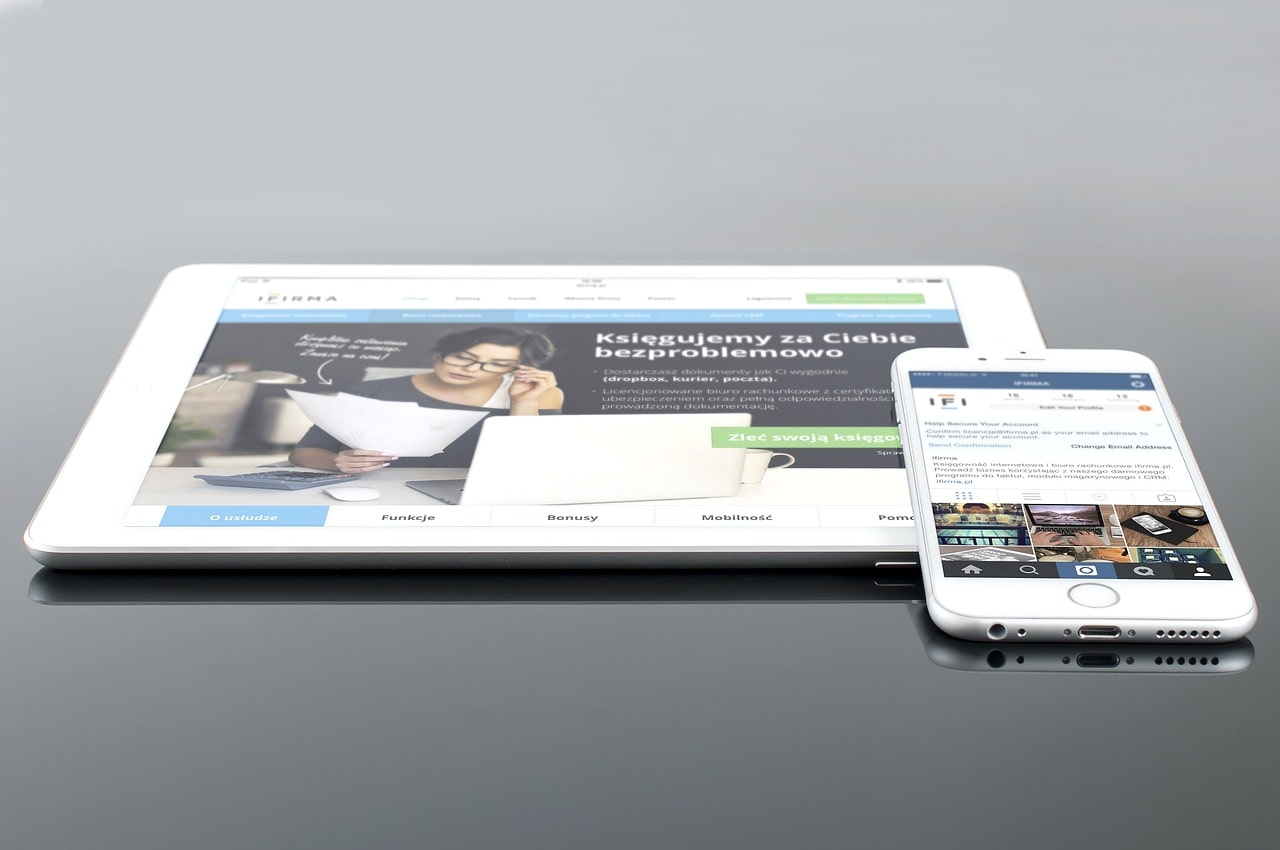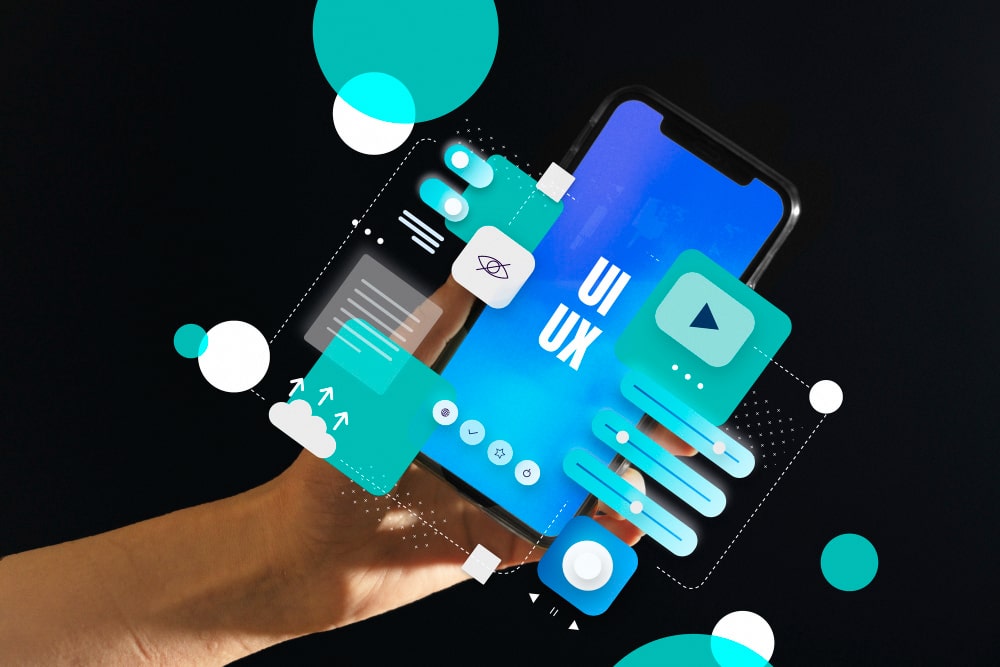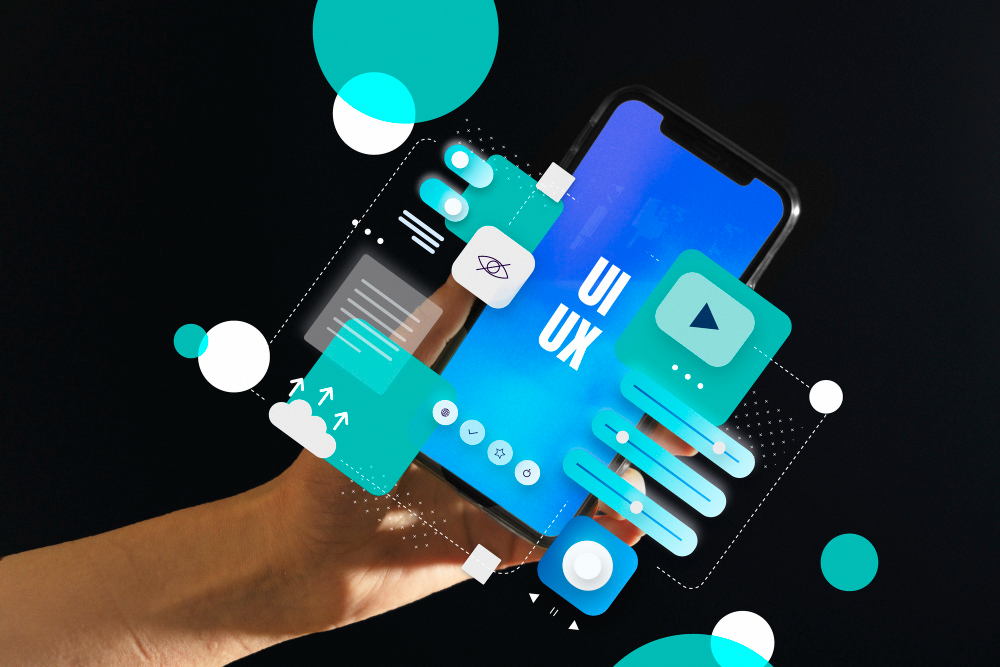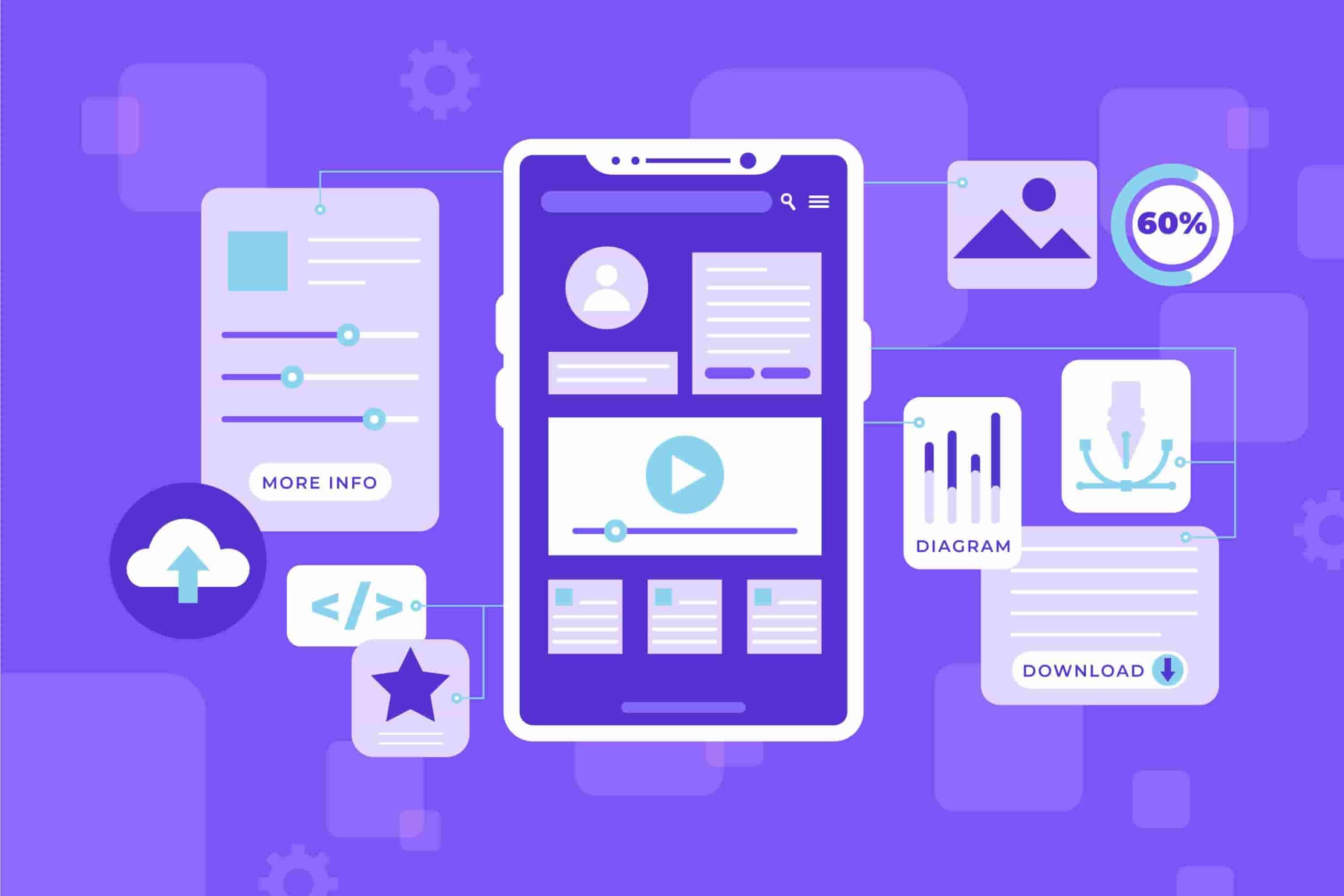A Comprehensive Guide to Develop an iPhone App

So, you’ve got an exciting idea for an iPhone app, and you’re ready to turn it into reality. Whether you’re a seasoned developer or a newbie, this step-by-step guide will walk you through the process of creating your very own iOS app. Let’s dive in!
Understand iOS Development
Before diving into the technical details, grasp the basics of iOS development. It involves building digital solutions, apps, games, and widgets for devices running on Apple’s iOS operating system (think iPhones, iPads, Apple Watches, and Apple TVs).
Why Invest in iOS Development?
Market Reach:
iOS and Android dominate the app marketplaces globally. Developing an iOS product means tapping into a vast user base.
Usability and Value:
iPhones prioritize usability and value, making them an attractive platform for app development.
Apple’s Brand:
The Apple brand carries weight, and positioning your app well in the App Store can boost its visibility.
Key Considerations for Developing an iPhone App
Budget Factors
Cost Estimation:
Determine the budget for your app early on. Consider factors like development complexity, features, and design.
App Features
Unique Selling Points:
Identify features that set your app apart. What problem does it solve? How does it enhance user experience?
Tools and Technologies
Choose Wisely:
Research and select the right tools and technologies for iOS app development.
iOS Developer:
Decide whether to hire an iOS developer, use an agency, or build it yourself.
Design and User Experience (UX)
Wireframe and Mockup:
Create a wireframe to visualize your app’s layout and flow.
Interface Design:
Design a user-friendly interface that aligns with Apple’s design guidelines.
Testing and Quality Assurance
Test Rigorously:
Ensure your app functions flawlessly across different devices and scenarios.
User Experience:
Prioritize a high-quality user experience.
Monetization Strategies
App Monetization:
Explore revenue models such as in-app purchases, subscriptions, or ads.
Marketing:
Plan how you’ll promote your app to reach your target audience.
Real-Life Example: Estate Pie
Our recent project, Estate Pie, is a real estate app for property managers and tenants. By embracing iOS development, our clients positioned themselves effectively in the property market.
Remember, developing an iPhone app requires dedication, research, and a clear vision. So, roll up your sleeves, and let’s create something amazing!
The Development Process.
Setting Up Your Development Environment:
Begin by installing Xcode, Apple’s integrated development environment (IDE), which includes everything you need to create iOS apps.
Programming Language:
iOS apps can be developed using either Swift or Objective-C. Swift, Apple’s newer programming language, is preferred for its simplicity and performance.
Understanding App Architecture:
Familiarize yourself with the Model-View-Controller (MVC) architecture, a common design pattern used in iOS development to organize code and separate concerns.
Writing Code:
Start coding your app’s functionality based on the features you identified earlier. Break down tasks into manageable chunks and use Apple’s developer documentation and resources for guidance.
Integrating APIs and Services:
If your app requires integration with external services or APIs (e.g., maps, payment gateways, social media), implement them securely and efficiently within your app.
Handling Data:
Implement data storage and retrieval mechanisms using Core Data, Apple’s framework for managing the model layer of your app.
Testing and Debugging:
Test your app thoroughly on different devices and iOS versions to identify and fix bugs. Utilize Xcode’s built-in debugging tools and simulators for this purpose.
Optimizing Performance:
Optimize your app’s performance by minimizing memory usage, improving loading times, and optimizing code execution.
Accessibility and Localization:
Ensure your app is accessible to all users by adhering to accessibility guidelines and supporting multiple languages and regions through localization.
App Store Submission:
Prepare your app for submission to the App Store by creating an App Store Connect account, generating distribution certificates, and following Apple’s submission guidelines.
Post-Development Considerations a. App Store Optimization (ASO):
Optimize your app’s metadata
(e.g., title, description, keywords) to improve its visibility and discoverability in the App Store search results.
User Feedback and Iteration:
Gather feedback from users and analytics to identify areas for improvement and iterate on your app’s features and functionality accordingly.
Maintenance and Updates:
Regularly maintain and update your app to fix bugs, address security vulnerabilities, and introduce new features based on user feedback and market trends.
Conclusion
Developing an iPhone app is an exciting journey that requires careful planning, execution, and ongoing maintenance. By following this comprehensive guide and leveraging the resources available to you as an iOS developer, you can bring your app idea to life and make a meaningful impact in the App Store ecosystem. Embrace the challenges, celebrate the victories, and remember that every line of code brings you one step closer to creating something truly remarkable.






